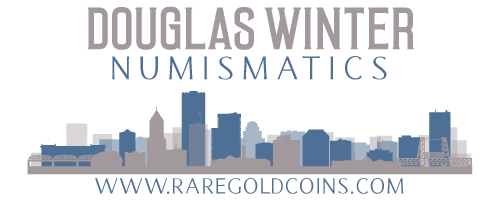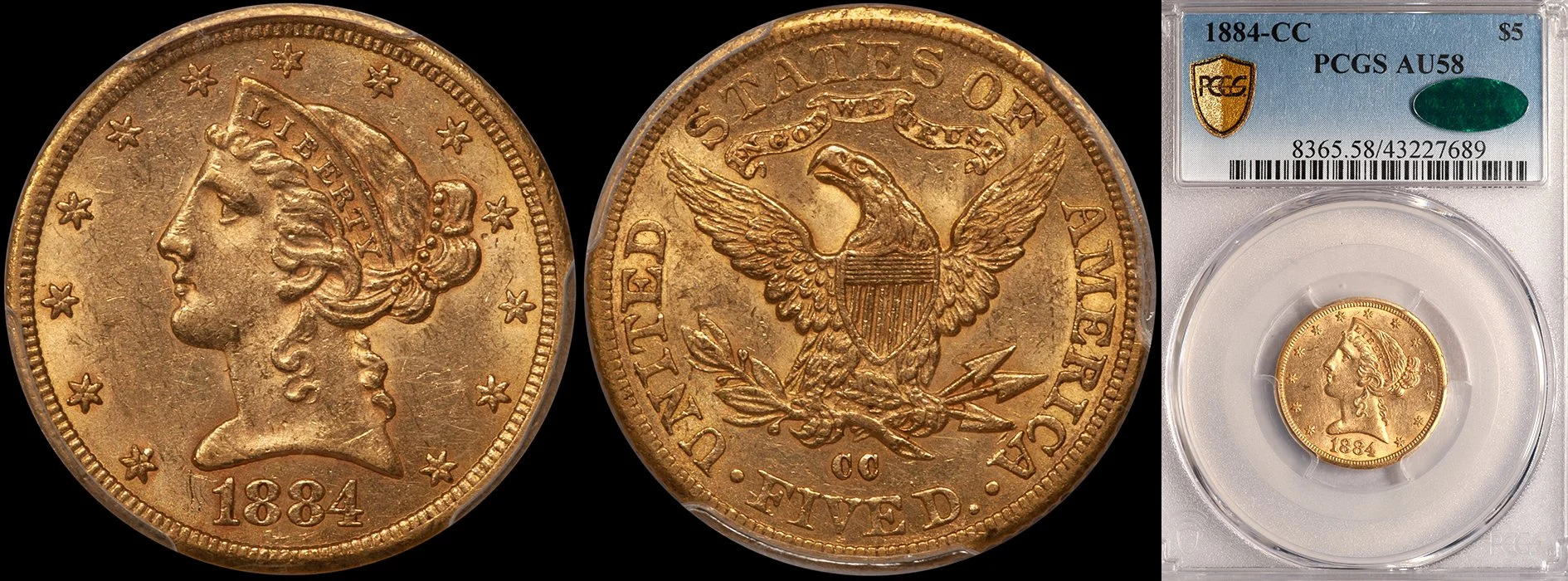Coin Cleaning
/The market’s definition of what is acceptable regarding cleaned coins has evolved considerably over the course of time. When PCGS and NGC were established, the coin market was overrun with problem coins. Whizzing, which involves using a wire brush on the surfaces of a coin to simulate mint luster, had been prevalent in the 1970’s but more sophisticated methods were beginning to emerge. Third-party grading established some basic guidelines regarding cleaning.
In the early days of the two major services, standards regarding cleaning were overly rigorous. Circulated rare date coins with light, unobtrusive hairlines were “body bagged” or were brutally net graded. What the services failed to realize was that a large percentage of circulated rare date gold coins had been lightly cleaned in the past and coins without hairlines were exceptionally hard to find. Standards were changed over the years and today, it is common to see lightly hairlined coins in holders. This does not bother me.
PCGS and NGC’s early decision to be hard on hairlines had an interesting effect on many coins. Certain dealers began using putty or other substances to cover these hairlines so that “no grade” coins could get into holders. As a result, many coins which would be considered gradable by today’s standards were covered with foreign substances. I see coins like this in most every auction and on the bourse floor. In fact, I even buy them on occasion and it is interesting how nice many of them are once the goop on the surfaces has been removed.
I don’t know if there is any scientific formula at PCGS or NGC regarding what is or what is not acceptable regarding hairlines. In my experience, I find that both services tend to be more tolerant of a coin that has light or no hairlines on the obverse coupled with more dense hairlines on the reverse. A coin with noticeable hairlines on both sides is almost certainly not going to be encapsulated unless it is a major rarity (more on this in a second). Deeply toned coins that hide hairlines are far more likely to be encapsulated than light coins on which the hairlines are clearly noted.
There are varying degrees of cleaning and generally speaking, the more harsh the cleaning, the more likely a coin is to be a no-grade. If a coin has been wire brushed or cleaned with a harsh abrasive, this is not considered to be market acceptable. If a coin has been dipped or lightly washed in soap and water, it is considered to be market acceptable and will almost always be encapsulated. (Dipping is a whole story in itself. Is it harmful to a coin’s surfaces? Probably, even if done properly. Do most dealers and collectors do it on occasion? Absolutely.)
There are coins which walk the fine line between being market acceptable and non-acceptable. As an example, many coins have been wiped with jeweler’s cloths over the years. A wiped coin is generally somewhat dull and lifeless but it may not have any actual hairlines—just a “look” that clearly indicates it was wiped. On a common, generic issue, wiping is almost guaranteed to get a coin no-graded. But on a rarer issue or on a piece of early gold, where grading standards may be more relaxed, light wiping may be considered market acceptable.
Cleaning methods have become far more sophisticated in recent years. The gold coins that were in the S.S. Central America and S.S. Republic shipwrecks underwent very sophisticated cleanings in order to make them market acceptable and to remove encrustation caused by a century of exposure to seawater. Many collectors cried foul and complained that these coins should not have been slabbed. I disagree with this. The majority of the coins that I have seen from these shipwrecks have an appearance that is totally market acceptable. And, they are clearly noted on the holder by both PCGS and NGC as coming from a shipwreck.
What I have more trouble with, from an ethical point of view, is when a grading service conserves a coin and does not indicate on the slab that this process has been undertaken. Not everyone is like me who likes dirty, original coins and there is certainly a place in the market for bright, highly reflective pieces. I would just like coins like to be noted as being “restored” so that less sophisticated buyers are made aware of what they are purchasing.
I mentioned earlier that rare dates and types are graded on a different standard than common issues. This has always been the case in the coin market and it will continue to be this way. A 1796 No Stars quarter eagle that has been lightly cleaned at one time but which still has a decent overall appearance is a very desirable coin that will invariably be encapsulated. A 1926 quarter eagle with the same degree of cleaning will most likely not be encapsulated. The former is a $100,000 coin while the latter is worth $200. It makes sense (at least to me…) that the very expensive coin is going to be treated differently than the cheaper coin.
Cleaning and its impact on grading remains one of the most controversial topics in all of numismatics. Clearly, what was acceptable to collectors and the grading services in 1986 changed greatly in 2006 and will, no doubt, be substantially different in 2026.










